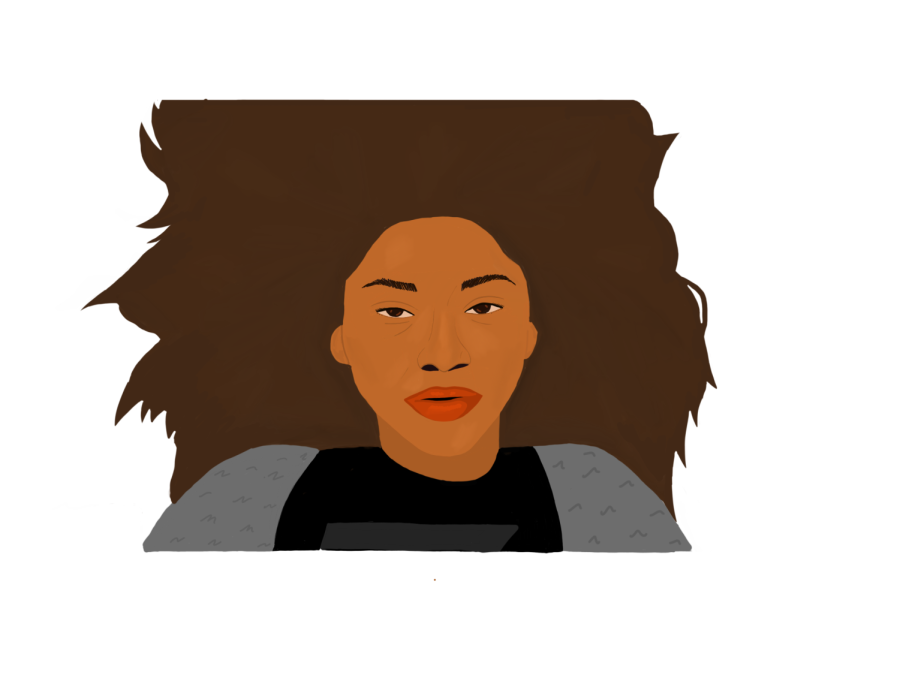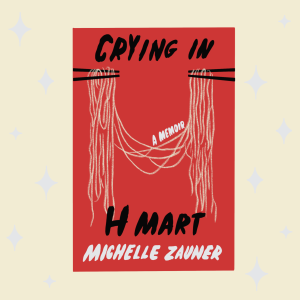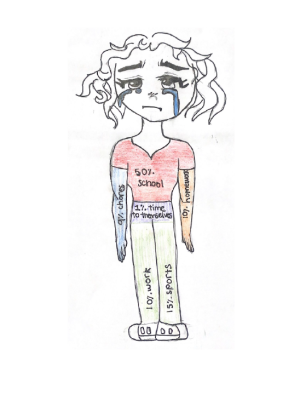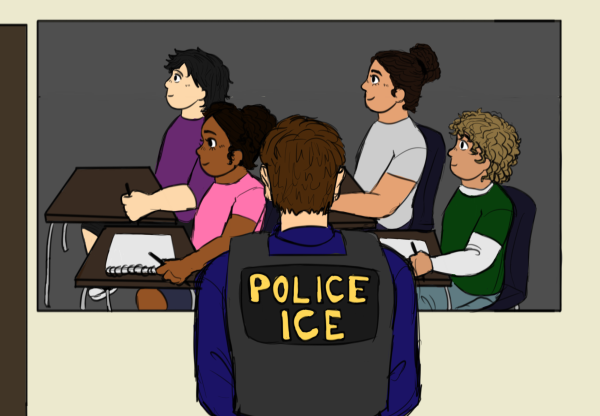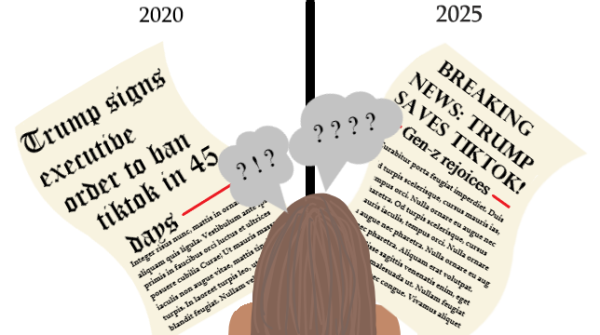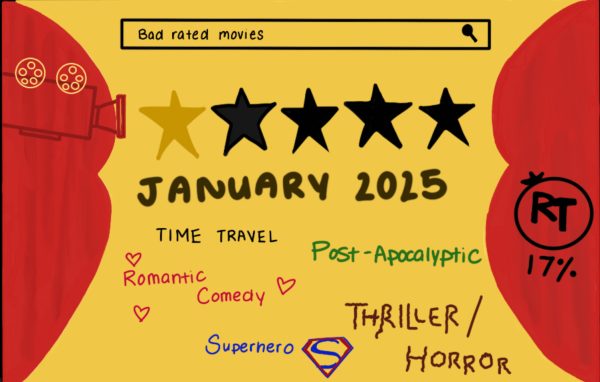Euphoria: A double edged sword
It’s not for everyone
Euphoria’s scenes are often commended for their cinematography. Scenes are often praised for their ability to convey emotion and relatability.
Every Monday for the past two months the show “Euphoria” would be the talk of Bonita Vista High (BVH). Students are heard throughout the halls of BVH discussing the Home Box Office (HBO) Max’s Emmy award-winning show “Euphoria” with their peers. The series has proved to have a large cultural impact, drawing in a large teenage audience despite its ‘Mature’ adult rating.
The television series portrays an accurate feeling of being a teenager. Although teens are not the target audience, they are drawn towards the show as a result of the high school setting. BVH students such as junior Mikial Hodges explained how despite “Euphoria” being aimed at adults, teens can watch it with an adult accompanying them in their viewing. His advice is a correct and important way for teens to watch the show.
“When you have all these topics [depicted by] teenagers, it’s more important for adults to watch it more than teenagers because now adults can think, ‘Oh, this is what you’re going through’,” Hodges said. “It allows them to understand their kids more and [make sure they can] take necessary steps [so] they don’t follow certain roads.”
The series covers and deals with a variety of difficult topics such as drug abuse, sexual assault and domestic violence. Although the series can be difficult to watch at times due to its heavy subject matter, it still conveys a compelling story. As Hodges explained, “Euphoria” can give important insight into how teenagers feel and how the series depicts a true sense of being a teenager.
“[The series] is making teenagers feel heard. I know friends who’ve said that certain scenes or certain moments in the storylines are very personal to them. So this is a show that’s telling people’s different stories and it’s not leading too much into stereotypes,” Hodges said. “It’s definitely a tough watch. It’s affecting teenagers because they’re seeing themselves [in the characters of the show], which is important.”
Despite the series shining a light on multiple characters, the show focuses on the protagonist, Rue Bennett (played by actor Zendaya Maree Stoermer Coleman), who is a teenage drug addict. Told from her perspective, the story follows a group of high school teenagers in a small town as they navigate their way around issues such as identity, trauma, drugs, friendships, love, and sex.
The show is one of the most beautifully written television shows depicting the teenage struggle of relationships, but it is also commendable for its cinematography. According to HBO, the show was shot by A24 studios which is a studio known for shooting music videos. This contributes to the show’s dynamic and unique camera angles and its use of a primary color palette to convey and emphasize the tone of each scene and the moods of the characters.
Although the show has been critiqued in the past for its glamorization of issues they have presented, the show arguably shows the hard reality and consequences of the issues introduced. For example, drugs such as cocaine, opiates and synthetic hallucinogens are all used frequently by teens in the series.
“[The show is] flashy and visually engaging and the cast is beautiful to look at. People will probably [think], ‘Oh pretty people [are] doing this, it’s glamorizing’, but I disagree because [when] you look at the main character Rue, she’s a drug addict,” Hodges said. “We don’t just see her perspective, we see the perspective of her sister, her mother, her sponsor, her friends and even her girlfriend, Jules. We see the highs but [also] the devastating lows that come with drug use.”
However, the show is a misrepresentation of the reality of teenagers today. According to The Upshot, they explain that despite the show depicting heavy use of drugs and experiences with sex, most teenagers today are not having sex. The Centers for Disease Control and Prevention (CDC) states the number of high school juniors who have ever had sexual intercourse has decreased from 62 percent to 42 percent since 1991. In 2018, only 4 percent of 10th graders had smoked in the previous 30 days of taking the survey.
Through pop culture references and camera angles, “Euphoria” showcases a sense of what Deadline describes as emotional realism, which is characterized by the visual representation of the characters’ feelings rather than on how the world around them actually appears. The show often exaggerates the lives of its teenage characters to demonstrate the heightened feelings within adolescents creating a fantastical world in a world grounded in reality.
“Euphoria” uses exaggeration to drive a compelling plot while also portraying a variety of complex characters. This is what draws audiences in, but is also the source of the criticism of the show. The show uses a double edge sword to get the audience to ultimately discuss the damaging effects of identity, drugs, trauma, friendship, love and sex. Despite the highlights of the show, it may not be for everyone. Although a captivating story, it is important to keep in mind that some scenes can be triggering to some audience members despite the show’s intended message.

I am a senior at Bonita Vista High and this is my second year on staff. I’ve always liked how unbiased and informative the crusader was and it was a...

I am a Senior at Bonita Vista High and this is my second year as a staff member for the Crusader. I am now CPS Editor and previously was News Editor. ...

